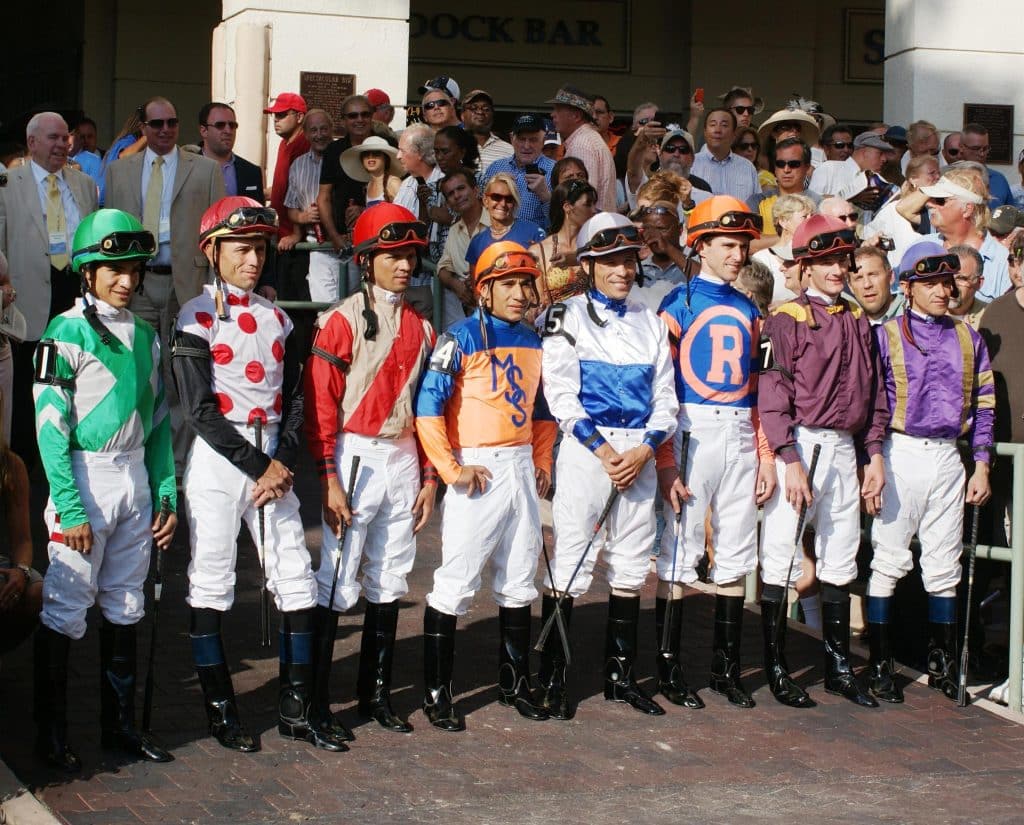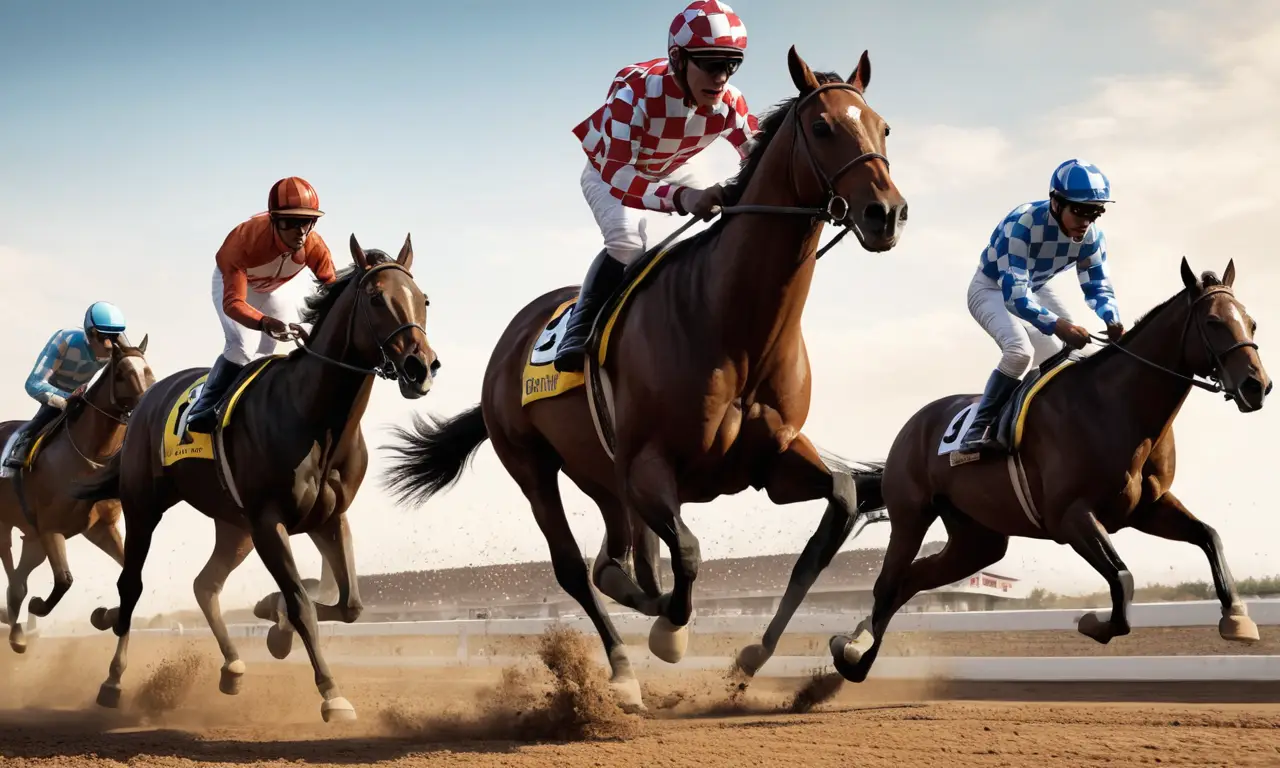
The world of horse racing is a captivating blend of athleticism, strategy, and sheer speed. At the heart of this thrilling spectacle are the jockeys, the skilled riders who guide these magnificent animals to victory. One striking observation about many jockeys is their relatively short stature. This begs the question: why are horse jockeys short? The answer lies in a fascinating interplay between physical demands, weight requirements, and the unique challenges of navigating a racehorse at breakneck speeds.
This article delves into the reasons behind the common shorter height among horse jockeys. We’ll explore the crucial role weight plays in racing, examine the physical demands placed on these athletes, and analyze how their stature directly impacts race outcomes. By understanding these factors, we can gain a deeper appreciation for the remarkable skill and dedication required to excel in this demanding profession.
Horse Jockey Height
The average height of a professional horse jockey is significantly lower than the general population. While there are exceptions, most jockeys fall between 4’10” and 5’6″. This shorter stature provides several distinct advantages in the world of horse racing. Firstly, it naturally contributes to a lighter body weight, which is paramount for effective racehorse handling.
Secondly, a lower center of gravity inherent in a shorter build enhances balance and stability while riding at high speeds. Jockeys need to maintain precise control over their mounts, especially during sharp turns and sudden maneuvers. A shorter stature allows them to achieve this with greater ease and precision.
Weight Requirements in Racing

Weight is a critical factor in horse racing, directly influencing a horse’s performance and the jockey’s ability to guide it effectively. Horses are weighed before races, and jockeys must also adhere to strict weight limits. These limits vary depending on the race distance and other factors, but they typically range from 105 to 126 pounds for professional jockeys.
To meet these requirements, many jockeys employ rigorous training regimens and dietary restrictions. They often work with nutritionists and trainers to maintain their weight within the designated range. The emphasis on weight control highlights the physical demands placed on these athletes and underscores the importance of a jockey’s stature in achieving optimal performance.
Physical Demands of Jockeys
Being a horse jockey is physically demanding, requiring exceptional strength, endurance, and agility. Jockeys must possess the stamina to ride for extended periods at high speeds, enduring intense vibrations and jolts from the galloping horse. They also need significant core strength to maintain balance and control during races.
Furthermore, jockeys require excellent hand-eye coordination and reflexes to respond quickly to their mounts’ movements and navigate challenging racecourses. The physical toll of this profession is undeniable, demanding a high level of fitness and resilience from those who choose to pursue it.
Impact on Race Outcomes

A jockey’s height and weight play a significant role in determining race outcomes. A lighter jockey allows the horse to carry less overall weight, improving its speed and agility. This can be particularly crucial in close races where fractions of a second can determine victory.
Additionally, a shorter stature provides a lower center of gravity, enhancing the jockey’s balance and control over the horse. This stability is essential for navigating tight turns and maintaining momentum throughout the race. The combined effect of weight reduction and improved balance contributes to a jockey’s ability to guide their mount to success.
Shorter Stature Advantages
Beyond the obvious benefits of weight reduction and enhanced balance, a shorter stature offers several other advantages for horse jockeys. Firstly, it allows them to sit closer to the horse’s center of gravity, providing a more intimate connection with their mount. This closer proximity facilitates better communication and understanding between jockey and horse.
Secondly, shorter jockeys often possess longer legs relative to their torso, which can be advantageous for maintaining balance and propulsion while riding. Finally, some argue that a shorter stature may contribute to a more agile and nimble riding style, allowing jockeys to maneuver their horses with greater precision and speed.
Conclusion
The prevalence of shorter stature among horse jockeys is not a coincidence but rather a direct result of the physical demands and weight requirements inherent in this demanding profession. A lighter body mass allows for improved speed and agility, while a lower center of gravity enhances balance and control.
These factors contribute significantly to race outcomes, highlighting the crucial role that a jockey’s height plays in achieving victory. While exceptional skill, training, and dedication are essential for success, the unique physical attributes often associated with shorter stature provide a distinct advantage in the world of horse racing.
